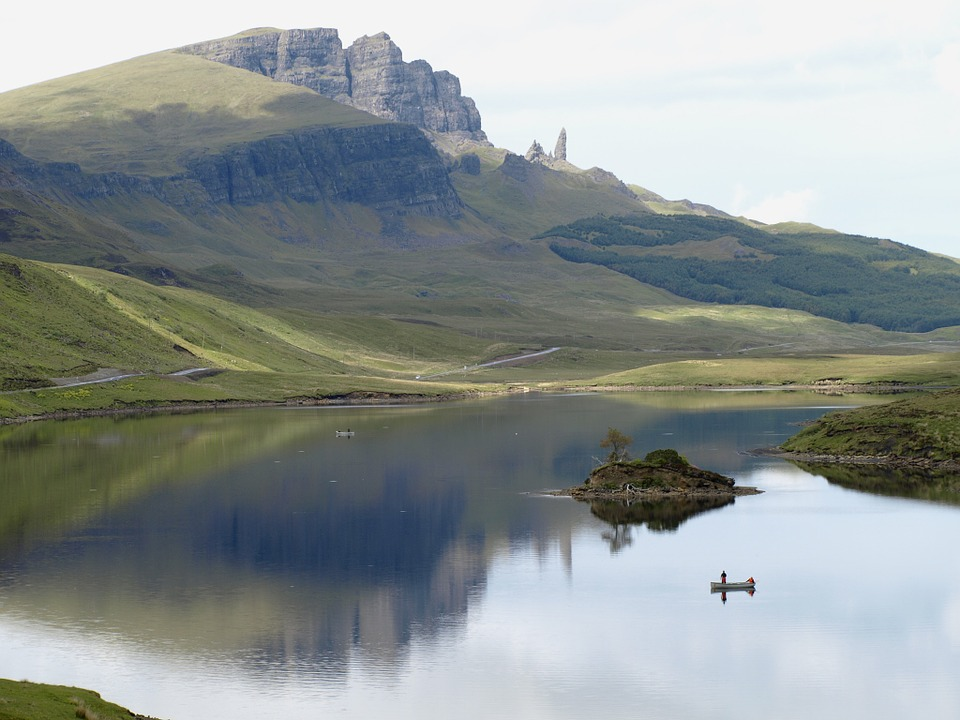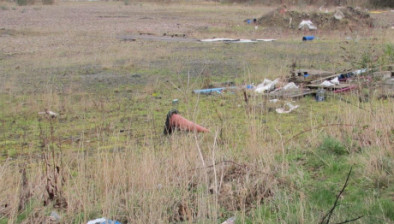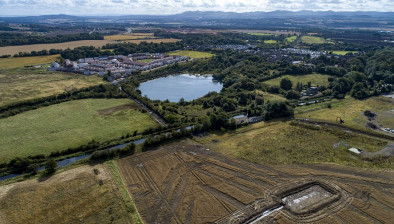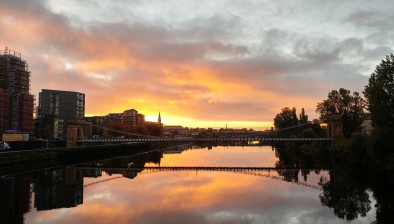Report highlights energy potential of Scotland’s parks
The untapped energy potential from Scotland’s parks and greenspaces could provide low carbon heat for homes and reduce the nation’s carbon footprint, research published today by greenspace scotland has revealed.

Public parks and greenspaces across urban Scotland offer the potential to supply low carbon heat to at least 15% of Scottish households. That’s all the households in Glasgow and Dundee combined. This would save the same amount of carbon as 10 years growth from planting 9½ million tree saplings.
Tackling the problem of weaning our residential and commercial buildings off their dependence on gas-based heating is proving extremely challenging with Scotland unlikely to meet its target for supplying 11% of heat demand from low carbon sources by 2020. Most recent estimates suggest we are nearer 6%.
The new report by greenspace scotland, a charity working with public sector bodies to pioneer new ways of managing and resourcing urban greenspace, estimates that heat from the ground in urban greenspace could supply 5% of our total heat demand.
Paul Steen, department manager, UK District Energy, Ramboll, said: “A key challenge in meeting Scotland’s net zero carbon ambition by 2045 is decarbonising our energy system. The ParkPower project shows the huge green energy potential waiting to be unlocked from Scotland’s parks and greenspaces.”
The ParkPower project worked in partnership with two pioneer local authorities, Falkirk Council and Fife Council, to develop a data-driven approach to assess the green energy generation capacity of greenspaces.
This was then applied at a national scale to over 3,500 individual parks and greenspaces across Scotland to analyse their potential. The findings suggest that the park below your feet could soon be contributing heat to our homes and buildings. These spaces, widely distributed across our cities and towns, may also be able to provide much needed green electricity from solar and hydro schemes and support our growing needs for electric vehicle charging.
Julie Procter, chief executive, greenspace scotland, added: “We are all familiar with thinking about Scotland’s parks as our natural health service, our children’s outdoor classrooms and our cities’ green lungs. The findings of the ParkPower project mean we could soon add ‘community power stations’ to the list.”
Saughton Park in Edinburgh has been a forerunner with heat being harvested from the ground below a sports pitch and car park. To complement this, a micro-hydro scheme will supply renewable power from a turbine on the Water of Leith that runs along the edge of the park.
The ambition is to replicate and scale up this model to generate large volumes of heat from ground or water sources and transport it to leisure centres, schools, hospitals and colleges, many of which are located near to urban greenspace.
The ParkPower report also reveals which Scottish local authorities have the greatest untapped energy potential from their parks and greenspaces. Many of these authorities have declared climate emergencies and are in the process of drawing up plans to achieve their net zero carbon targets.
Perhaps unsurprisingly, as the council with the largest area of greenspace, Glasgow is rated as the local authority with the greatest potential to meet its heat demand from sub-surface heat collectors. It is closely followed by Edinburgh, with Fife, North Lanarkshire, South Lanarkshire and Dundee making up the top six.
greenspace scotland is currently working with City of Edinburgh and Glasgow City councils to undertake strategic assessments to identify their optimal ParkPower sites.
John Maslen, ParkPower project manager, said: “We need to shift the opinion of many greenspace owners that these open spaces are not liabilities with ongoing maintenance overheads but are, in fact, valuable assets, vital to the supply of low carbon heat to our homes and businesses.
“They are ‘islands of low carbon energy opportunity amid seas of energy demand.’ The potential is huge: with over 50% of our urban surface area being greenspace, these sites provide the open space that’s needed in our crowded towns and cities to support the effective implementation of heat pump technology.
“With enlightened thinking, strong organisational leadership and more comprehensive legal title information, Scotland’s greenspace can play a leading role in moving us closer to our 2045 net-zero carbon target.”
The ParkPower project is one of 13 projects across the UK supported by the Rethinking Parks programme.














